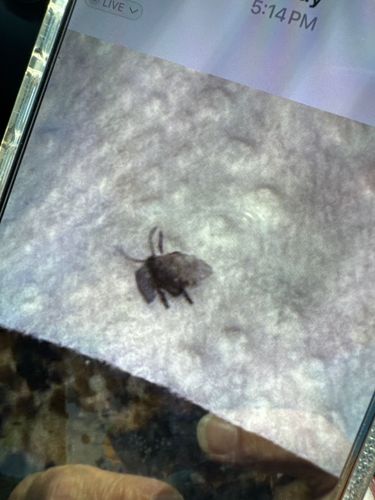Bat Bug
Scientific Name: Cimex adjunctus
Order & Family: Hemiptera, Cimicidae
Size: 4-5 mm (adults)

Natural Habitat
Typically found in close proximity to bat roosts, such as attics, walls, and eaves of buildings. They can also appear in living spaces if their bat hosts are removed or if bat populations are high.
Diet & Feeding
Primarily feeds on the blood of bats, but will bite humans if bats are not available.
Behavior Patterns
Nocturnal feeders, hiding in crevices and cracks during the day. They are attracted to carbon dioxide and body heat. Unlike bed bugs, they prefer bat hosts, but their bites are similar to those of bed bugs, causing itchy welts. They can be found in large numbers near bat roosting sites.
Risks & Benefits
Potential risks include itchy and irritating bites, which can sometimes lead to secondary skin infections from scratching. They are not known to transmit diseases to humans. Benefits are indirect, as they are part of the ecosystem that includes bats, which are beneficial for insect control. However, presence in homes is generally considered a pest issue.
Identified on: 9/9/2025